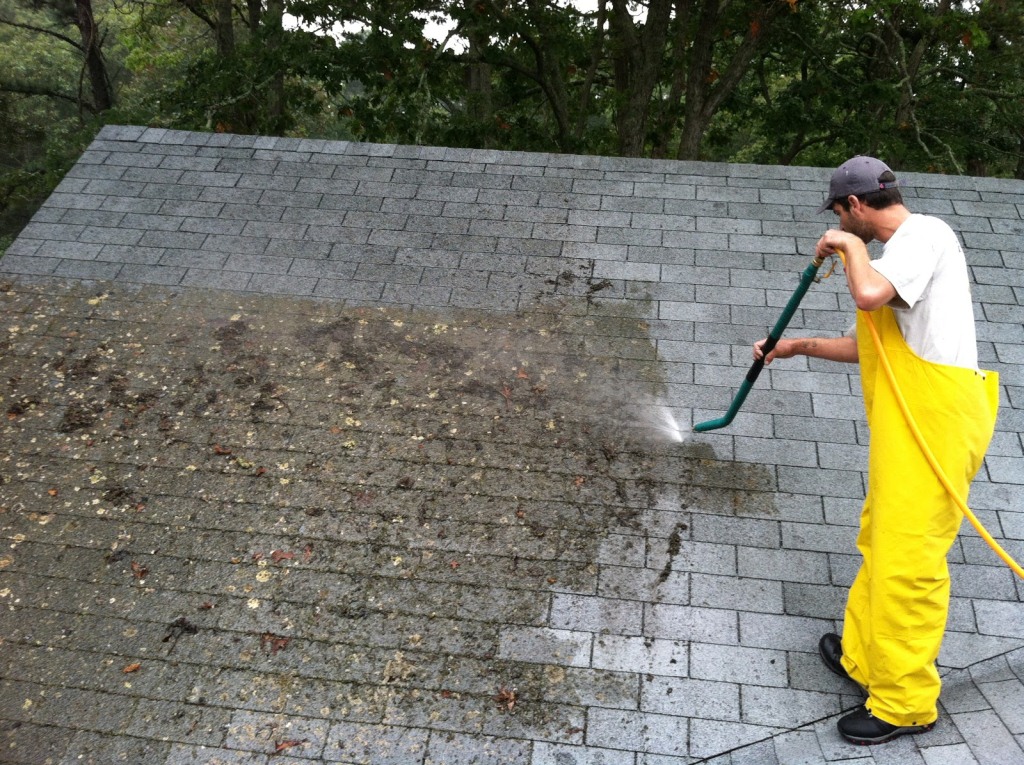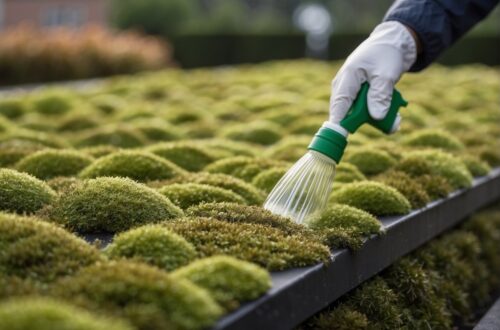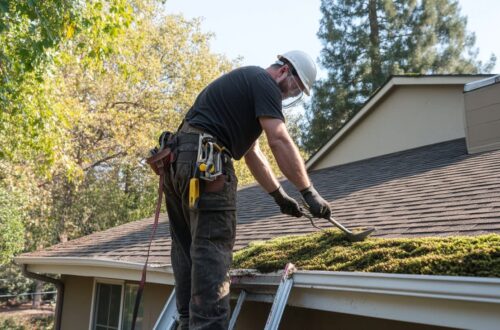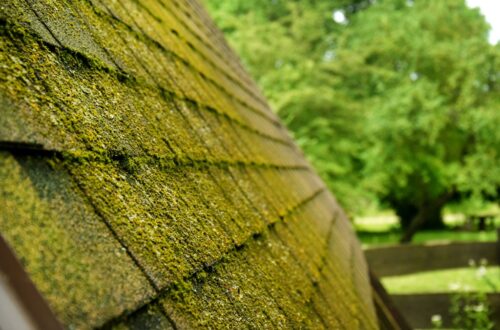Moss growth on a roof is a common issue that many homeowners face, particularly in regions with high humidity and frequent rainfall. While moss may give a rustic, picturesque charm to a roof, it can also cause significant damage if left untreated. Understanding how moss develops, the risks it poses, and the best methods for removal and prevention can help protect the longevity of your roof.
Understanding Roof Moss Growth
Moss thrives in damp, shaded environments, making rooftops an ideal place for it to take hold. It typically starts growing in areas where moisture is trapped, such as between shingles, along ridges, or in shaded corners where sunlight is limited. Moss spores can spread through the air and settle on rooftops, growing steadily if conditions are favorable. Over time, the moss retains water and encourages further growth, leading to potential structural damage.
Factors that contribute to moss growth include excessive shade from overhanging trees, poor drainage, and a lack of roof maintenance. Homes in coastal or forested areas are particularly susceptible due to persistent moisture in the air. If left unchecked, moss can spread quickly and become more difficult to remove.
The Risks of Moss on Your Roof
Moss may seem harmless at first, but its presence can lead to serious roofing problems. One of the biggest risks is the way moss retains moisture, which can accelerate the deterioration of roofing materials. The moisture held by moss can seep into shingles, causing them to lift or crack. This weakens the protective barrier of the roof, making it more vulnerable to leaks.
Another concern is the way moss affects drainage. When moss accumulates along roof valleys or near gutters, it can obstruct the natural flow of water. This can lead to water pooling on the roof, increasing the risk of leaks and structural damage. If gutters become clogged with moss and debris, water can back up under the shingles or spill over the sides, potentially damaging the home’s exterior and foundation.
Additionally, moss growth can lead to the formation of mold and mildew. The constant dampness provides a perfect environment for mold spores to flourish, which can lead to health concerns for those living in the home. The aesthetic appeal of the roof is also compromised, as a moss-covered surface can make a property appear unkempt and aged.
Methods for Removing Roof Moss
When it comes to removing moss from a roof, there are several approaches to consider. The most suitable method depends on the severity of the infestation, the type of roofing material, and whether professional assistance is needed.
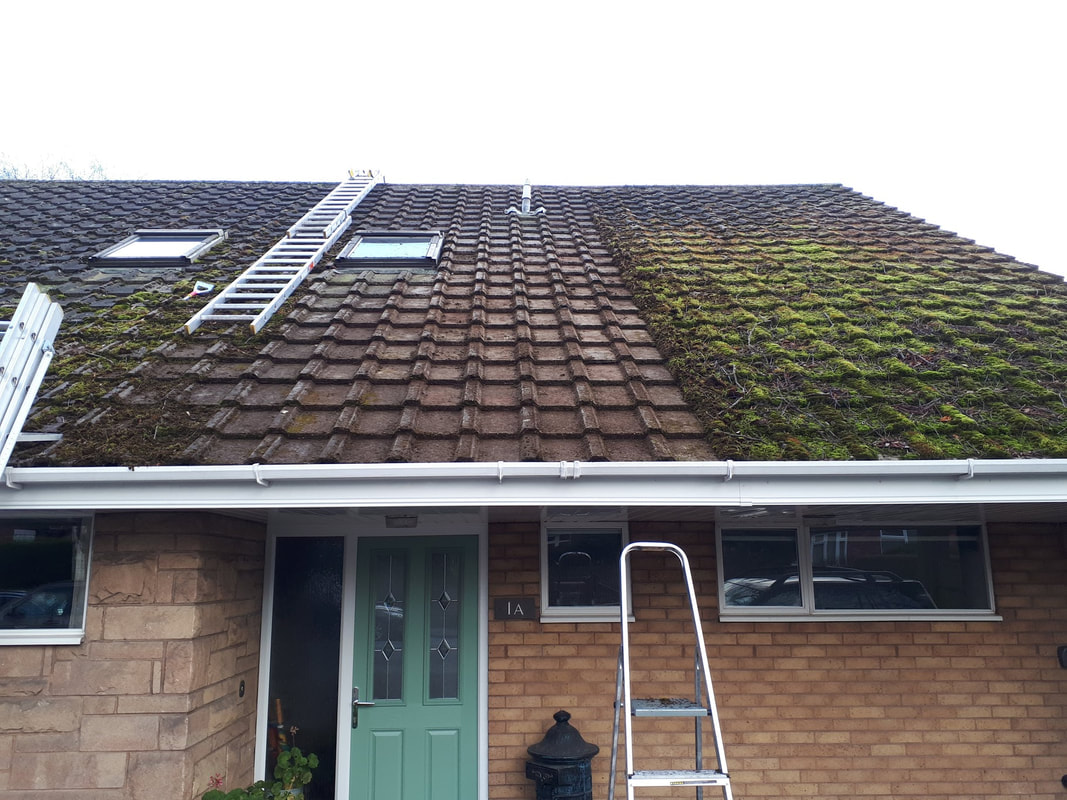
One common approach is using a gentle cleaning solution to kill and loosen the moss. A mixture of water and mild detergent, or a specialized moss removal product, can be applied to the affected areas. After letting the solution sit for some time, the moss can be gently scrubbed away using a soft-bristled brush. It is important to avoid harsh scrubbing or pressure washing, as these methods can damage shingles.
Another effective method is using a mixture of water and vinegar or a diluted bleach solution. However, caution is necessary to prevent damage to surrounding vegetation and roofing materials. It is recommended to thoroughly rinse the roof after application to ensure that any residue is removed.
For larger infestations, professional roof cleaning services may be the best option. Experts have the necessary tools and experience to safely remove moss without causing damage to the roof. They often use eco-friendly solutions that effectively eliminate moss while minimizing harm to the surrounding environment.
Regardless of the method chosen, it is essential to take safety precautions when cleaning a roof. Working on a roof can be dangerous, so using a sturdy ladder, wearing appropriate footwear, and having a spotter for assistance can help reduce risks.
Preventing Future Moss Growth
Once moss has been removed, taking preventive measures can help ensure it does not return. One of the most effective ways to prevent moss growth is by improving sunlight exposure on the roof. Trimming overhanging branches allows more sunlight to reach the surface, reducing moisture buildup and making it less hospitable for moss.
Keeping the roof clean is another important step in prevention. Regularly removing leaves, debris, and dirt prevents organic matter from accumulating, which can create a breeding ground for moss. Ensuring that gutters and downspouts are clear of blockages also helps maintain proper drainage and prevents water from lingering on the roof.
Installing zinc or copper strips along the roof ridge can also be an effective long-term solution. When it rains, small amounts of metal ions are released onto the roof, creating an environment that inhibits moss growth. Many homeowners find this to be a cost-effective and low-maintenance way to prevent recurring moss infestations.
Applying a moss-resistant roof treatment can provide additional protection. These treatments create a protective barrier that slows down the growth of moss and algae. Some roofing materials, such as asphalt shingles infused with algae-resistant granules, offer built-in protection against moss and other unwanted growths.

